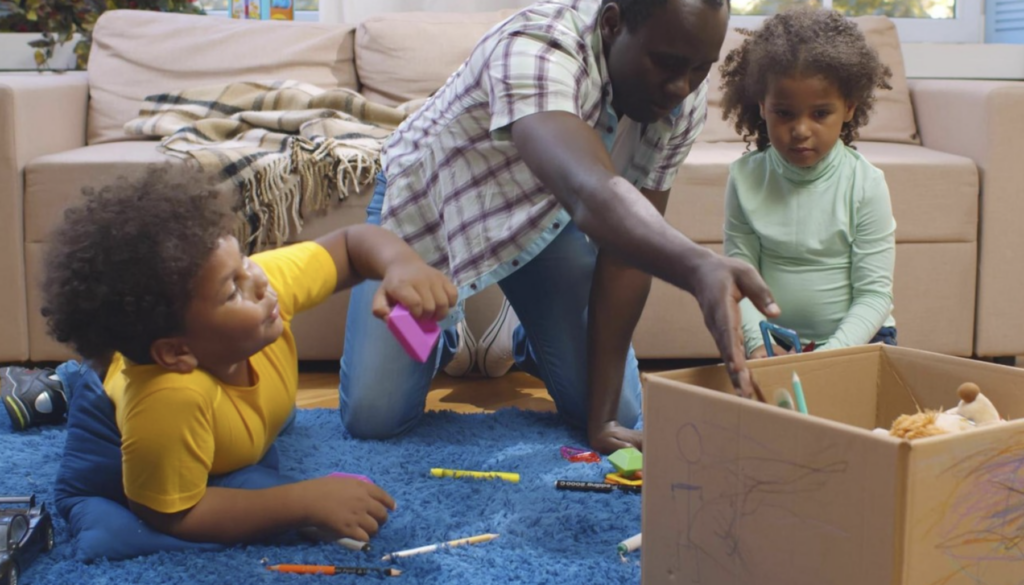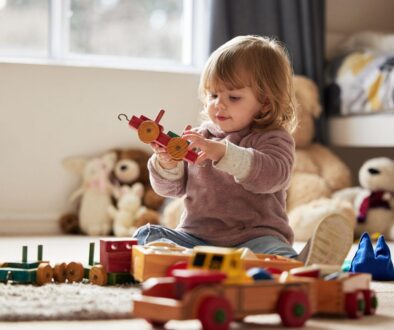Creating Structure and Routine

Young children thrive on structure and routine because it gives them a sense of safety and predictability in their day. Building a consistent routine doesn’t have to be complicated; it just takes intention and a little flexibility. Here’s how families can create a strong foundation of structure for their little ones:
- Start Small
Begin by focusing on key parts of the day, like morning, mealtime, and bedtime. Establishing predictable activities, like brushing teeth after breakfast or reading a story before bed, helps children understand what comes next and reduces power struggles. - Make It Visual
Young children respond well to visual cues. Use a simple chart with pictures or stickers to outline their daily routine. Seeing the order of events, like “wake up, eat breakfast, get dressed,” gives them a clear sense of the day ahead. - Involve Your Child
Let your child have a say in the routine when appropriate. For example, ask them, “Would you like to do puzzles or read a book before lunch?” Involving them helps them feel more invested in sticking to the schedule. - Keep It Consistent
While life can be unpredictable, aim to stick to regular times for meals, naps, and bedtime whenever possible. Consistency builds trust and helps your child’s body clock adjust, making transitions smoother. - Build in Flexibility
Routines don’t need to be rigid. Allow some flexibility for unexpected changes or special days. The goal is to create a rhythm that works for your family, not to add stress. - Celebrate Small Wins
Praise your child when they follow the routine. A simple “Great job getting dressed all by yourself!” reinforces positive behavior and motivates them to keep it up.
Creating structure takes time and practice, but the benefits are worth it. Routines provide comfort, teach responsibility, and make the day flow more smoothly for everyone. Plus, the time you invest now lays the groundwork for healthy habits and a sense of independence as your child grows.





